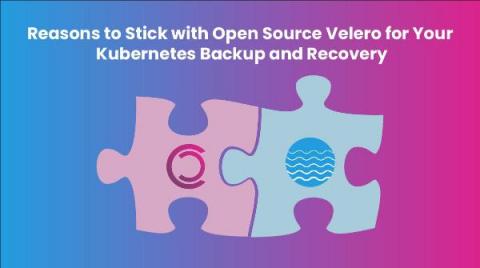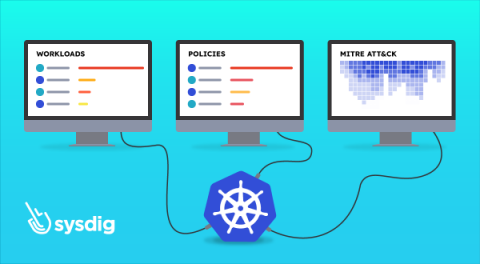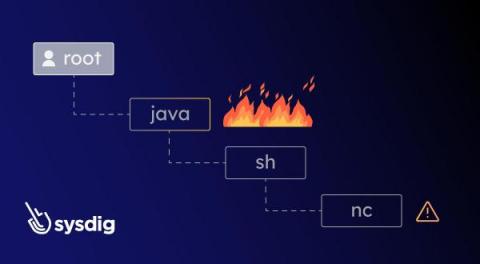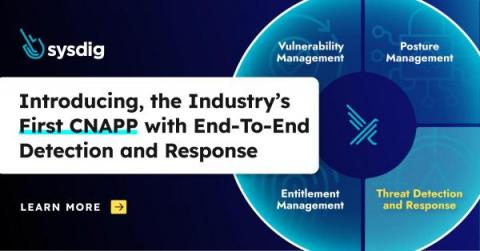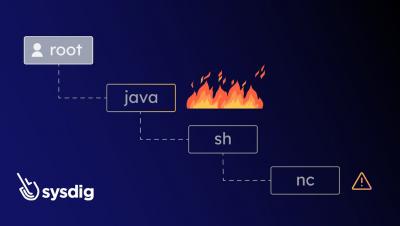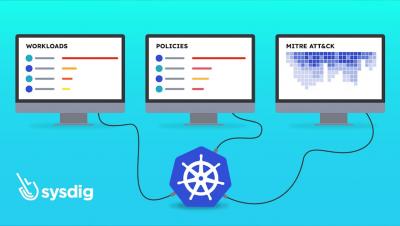Security | Threat Detection | Cyberattacks | DevSecOps | Compliance
Containers
Case study: Calico enables zero-trust security and policy automation at scale in a multi-cluster environment for Box
Box is a content cloud that helps organizations securely manage their entire content lifecycle from anywhere in the world, powering over 67% of Fortune 500 businesses. As a cloud-first SaaS, the company provides customers with an all-in-one content solution within a highly secure infrastructure, where organizations can work on any content, from projects and contracts to Federal Risk and Authorization Management Program (FedRAMP)-related content.
Reasons to Stick with Open Source Velero for your Kubernetes Backup and Recovery
I recently had a chance to speak with Chris Mellor at Block and Files about the emergence of Velero as the standard for Kubernetes data protection. I shared some ballpark estimates of market share across open source and commercial vendors to make my case. These numbers were obtained through diligent market research. They are estimates, but they are not imaginary.
Look both ways: Preventing suspicious behavior with end-to-end detections
In the rapidly evolving digital landscape, malicious actors constantly adapt their strategies to infiltrate our systems. Traditional endpoint detection mechanisms are no longer sufficient to protect our applications and workloads against advanced threats. To effectively address this concern, it has become imperative to embrace a broader approach to threat detection. This entails a paradigm shift towards incorporating both agent-based and agentless detection methods.
Respond Instantly to Kubernetes Threats with Sysdig Live
Discover how Sysdig Secure’s new “Kubernetes Live” informs of your Kubernetes security posture at a glance. Investigating a security incident may be a tennis match. Sometimes, you find yourself jumping from one window to another: one place for runtime events, another one for vulnerabilities, another one for logs. Gathering and correlating all the information available can be a time consuming task, but it’s the only way of having a clear view of what is going on.
Sysdig Enriched Process Trees, an Innovative Approach to Threat Detection
Discover how Sysdig Secure’s new Process Tree feature improves threat investigation. Imagine you’re investigating a security related detection, the investigation was triggered by the execution of stat/etc/shadow in one of your containers. Is this a sign of a legitimate activity, such as a developer debugging an app, or a sign that your container has been compromised? It depends on the context.
Stop Cloud Breaches in Real Time and Accelerate Investigation and Response with Sysdig CDR
Is your organization grappling with the relentless pace of ever-changing threats in the cloud? Are you spending hours investigating security events without identifying the root cause of the problem?
Sysdig Enriched Process Trees, an Innovative Approach to Threat Detection
Responding Instantly to Kubernetes Threats with Sysdig Live
What's new in Calico v3.26
We are excited to announce the release of Calico v3.26! This latest milestone brings a range of enhancements and new features to the Calico ecosystem, delivering an optimized and secure networking solution. This release has a strong emphasis on product performance, with strengthened security measures, expanded compatibility with Windows Server 2022 and OpenStack Yoga, and notable improvements to the Calico eBPF dataplane.




